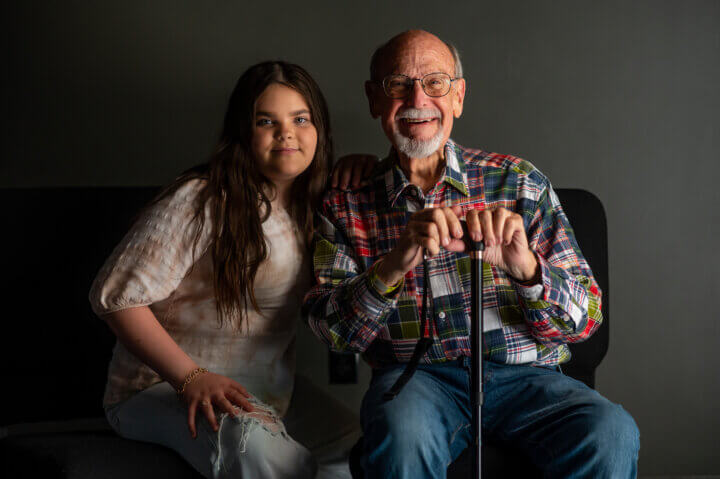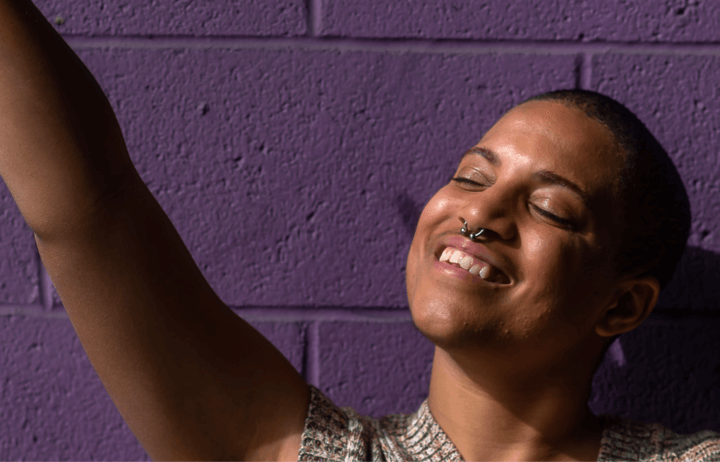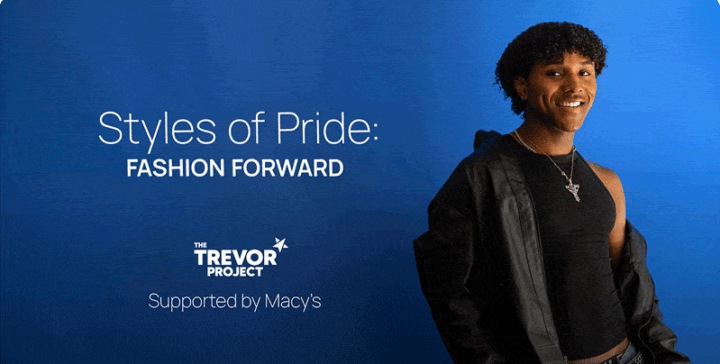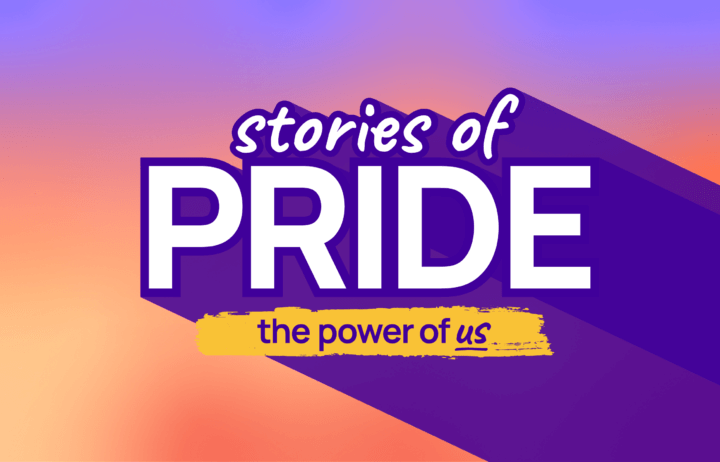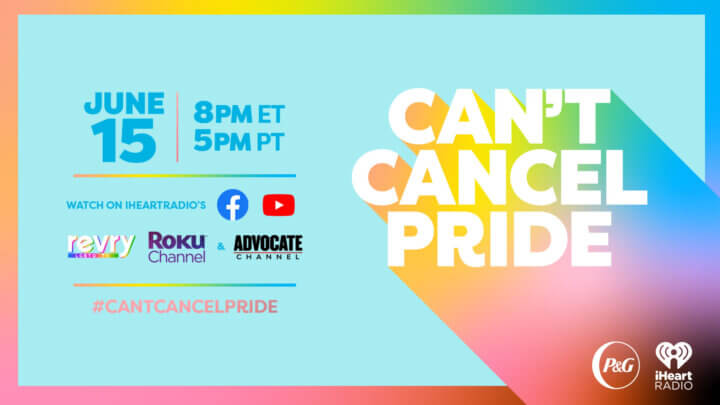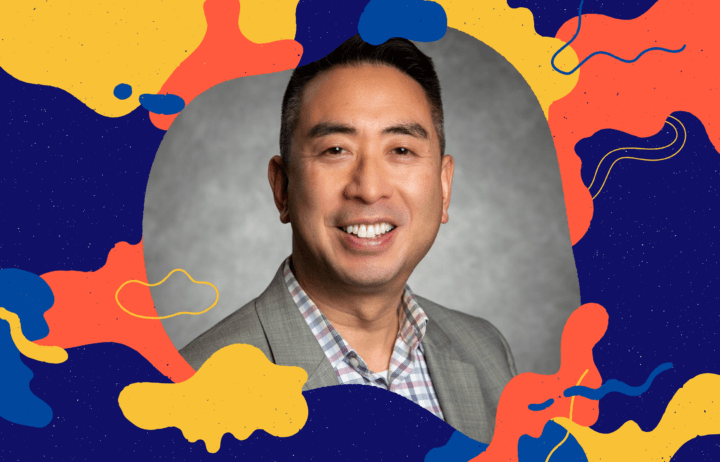Blog
Good Reasons to Feel Proud around Pride
Pride Pride is a celebration of community, resilience, and LGBTQ+ history and culture. It is a time for action, joy, liberation, and change. At Trevor, we’re celebrating the power of us — the strength we have as a community and the difference we can make together for LGBTQ+ young people. This year’s Pride celebration is underway at the same time that a record number of anti-LGBTQ+ policies are being introduced and implemented across the country. Vitriolic and hateful rhetoric against LGBTQ+ people (and trans people, specifically) is amplified every day, and young people are watching. Pride can be a party,…
